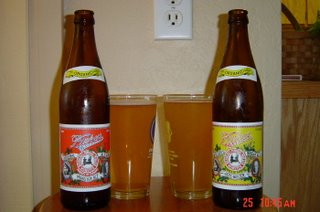Like many things that sound too good to be true, so it was.
I'm not sure if I spent too much time dealing with horse sales or what, but I expected the cow would be haltered up and ready for a once over when we got there, or at least soon after. This was not the case. In fact "Clarabelle" had been living relatively free of humans for the past two years with a pure bred Dexter bull.
While none of the cows bolted, or headed for the hills, getting close was a good 10 feet away or more at all times. The person showing the cows had very little to do with them normally, so there wasn't any chance he was going to try catching her. If we moved towards them, then they moved away, but we gazed hard from as close as we could.
Clarabelle is a fine looking Dexter cow, alert, glossy black, great lines, and horned, which we kind of prefer. But if catching her to look at would be a sure-deal rodeo, can you imagine catching her and trying to stuff her in a trailer?
The cow for Seven Trees, needs to be a tad tamer owing to our limited time and space. Maybe just a weanling heifer that we can raise up with lots of people time and handling.
Too bad, because we sure wanted it to be Clarabelle! I am certain that she'll find a fine home with someone though. The gent who showed her to us was a character, so even though we didn't get her we still had a nice chat before we left.

In the meantime we crossed Deception Pass
getting there, and it was a fine view of Mount Baker from the bridge.
The traffic zipping by on one side, and the low rail over the drop off gave us both that warning sort of "danger" don't fall tingle at the back of the knees. When you've walked a ways out onto the bridge, there are bronze plaques along the rail, to commemorate people who actually jumped off.

Here's the view out towards the straight. Amazing this vista is just a short hour away!

We returned home to this sunset from the back porch.
So while we didn't get back, having put cash down on that perfect cow... it was still a lovely adventure none-the-less.
Dexter, Guernsey or Jersey, the right cow's out there. We just need to find her!





























